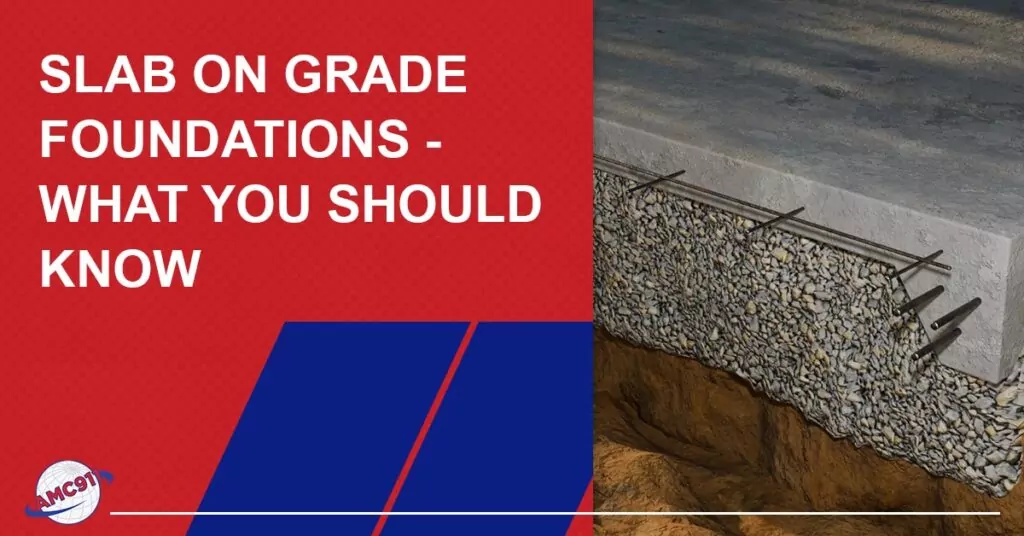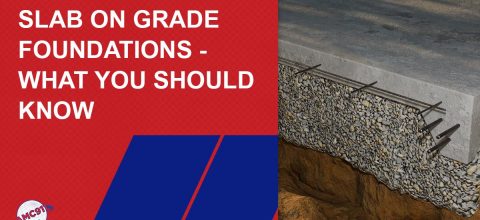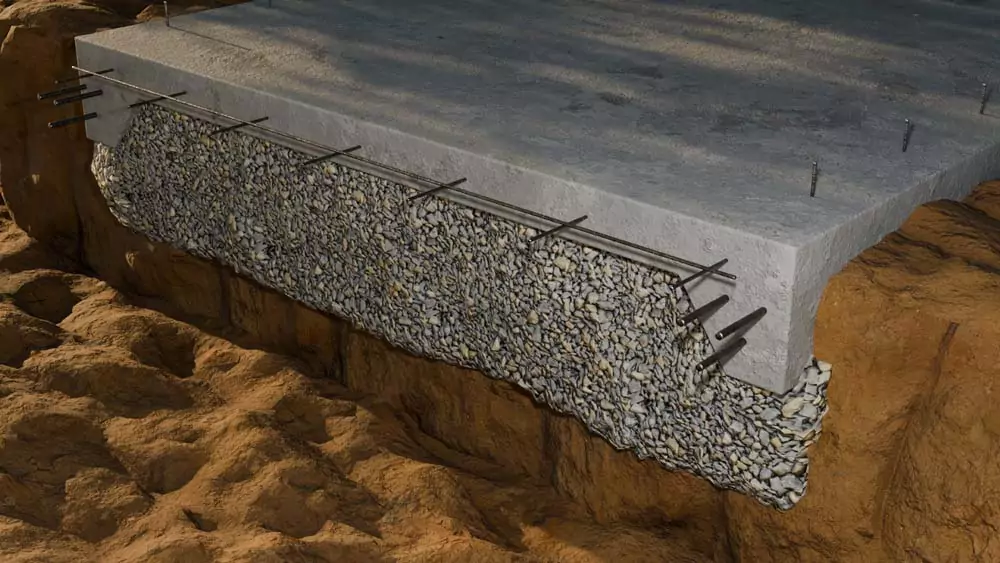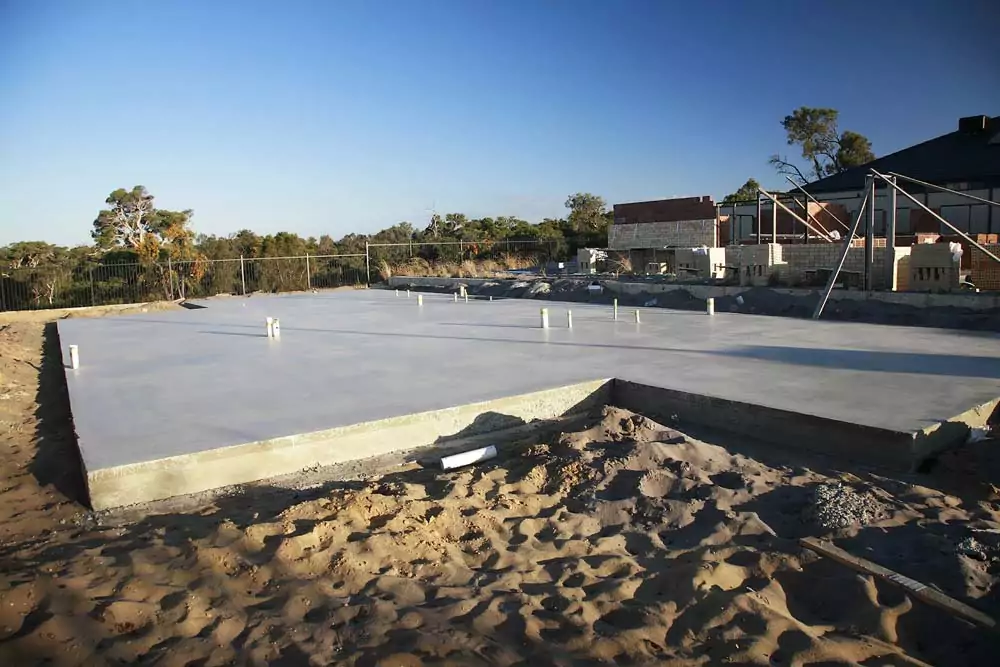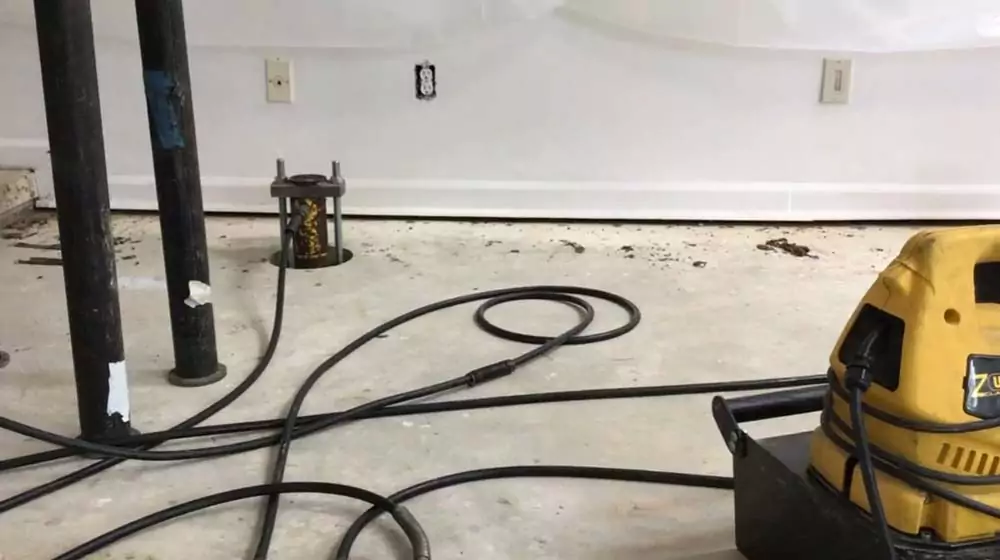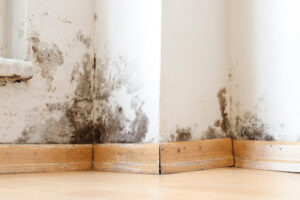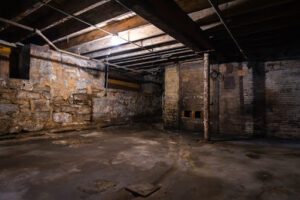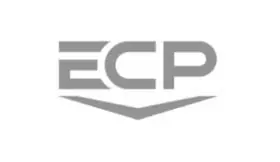The foundation is one of the most critical components when building a home. Ensuring you have a stable and reliable base can prevent many issues. One popular type of foundation is the slab-on-grade foundation. This blog post will explore everything you need about slab-on-grade foundations, from their construction and benefits to potential problems and maintenance tips.
What Is A Slab-On-Grade Foundation?
A slab-on-grade foundation is a type of concrete foundation that is poured directly onto the ground. Unlike other foundations, it doesn’t have a basement or crawl space. The term “on-grade” means that the slab is placed at ground level, directly supporting the building.
Other names for this type of foundation include “slab,” “monolithic slab,” “concrete slab,” and “floating slab.” These terms underscore its seamlessness, highlighting the uninterrupted flow of concrete that creates the slab.
How Is A Slab-On-Grade Foundation Constructed?
While the construction methods of a slab-on-grade foundation vary depending on the area, builder, and load-bearing requirements, the general process is as follows:
- Excavate and level the ground for the foundation.
- Spread a layer of gravel for drainage and a stable base.
- Install a moisture barrier, typically made of plastic sheeting, to prevent ground moisture from seeping into the slab.
- Place steel reinforcement bars (rebar) within the area to strengthen the concrete.
- Pour concrete over the prepared area, filling the entire space to create a solid, flat surface.
- Allow the slab to cure and harden, forming a robust foundation to support the home.
Pros And Cons Of Slab-On-Grade Foundations
When considering a slab-on-grade foundation, weighing the advantages and disadvantages is essential. Understanding the pros and cons of slab foundations can help homeowners make an informed decision that aligns with their specific needs and preferences.
Pros
- Cost-effectiveness: Slab-on-grade foundations are generally less expensive to construct than basements or crawl spaces, requiring less excavation and fewer materials.
- Quick construction time: They can be completed faster since the foundation is poured in one go, unlike other types that require multiple steps and layers.
- Pest resistance: Slab-on-grade foundations offer excellent resistance to termites and other pests, as they can’t penetrate the solid concrete slab, helping homeowners minimize pest-related issues.
- Low maintenance: There are no crawl spaces or basements to inspect for moisture or pests, which can save homeowners time and effort.
Cons
- Limited access to utility lines: Plumbing and electrical systems are often embedded in the concrete, making repairs challenging and costly.
- Vulnerability to ground movement: Shifts in soil due to moisture or temperature changes can lead to concrete cracking or uneven settling.
- Climate suitability: Slab-on-grade foundations may not work well in colder regions, as the lack of insulation can make homes feel colder and result in higher heating costs.
- More Susceptible to Upheaval: When soil expands due to moisture changes or freeze-thaw cycles, the concrete slab can lift. Upheaval can lead to significant structural issues, including cracks in the foundation and uneven floors within the home.
When Is A Slab-On-Grade Foundation Ideal?
Some homeowners ask if slab-on-grade is a good foundation type. The answer is that it depends on the climate, soil type, budget, and individual preference. Slab-on-grade foundations are ideal for regions with moderate climates and stable soil conditions. They work well in areas with minimal ground movement and where the frost line is not a concern. They are also great for homeowners looking for a cost-effective and straightforward foundation solution. A slab-on-grade foundation can be an excellent option if you value quick construction and low maintenance and do not need additional storage space.
However, if you live in an area such as Eastern Virginia with expansive clay soil, which can shift significantly with moisture changes, the risk of cracking and uneven settling increases, potentially compromising the foundation’s integrity. Similarly, in regions prone to frost, the lack of a basement or adequate insulation can lead to cold floors and higher heating costs, making it less desirable for homeowners who prefer a warmer living environment. Additionally, if the property requires extensive plumbing or electrical work, the embedded systems in a slab can complicate future repairs and renovations, leading to increased expenses. Thus, it’s crucial to consider these factors carefully before committing to a slab-on-grade foundation.
Common Problems With Slab-On-Grade Foundations in Eastern Virginia
Like any foundation, homeowners should be aware of potential problems associated with slab-on-grade foundations. The two most common issues are:
- Cracking: This can occur due to several factors, including soil movement, improper curing of the concrete, or temperature fluctuations. These cracks can vary in size, and while some may be superficial, others can indicate significant structural concerns. Homeowners should regularly monitor their concrete for signs of cracking and address any underlying issues promptly to prevent further damage.
- Uneven Settling: This occurs when the soil beneath the slab compresses or shifts, leading to uneven support distribution. Factors contributing to uneven settling include changes in moisture content in the soil, insufficient drainage, or poor soil compaction before pouring the slab. When uneven settling happens, it can cause noticeable issues such as cracks in the foundation, sloping floors, and misaligned doors and windows. To mitigate the risk of uneven settling, it’s crucial to ensure proper site preparation, including sufficient drainage measures and routine maintenance of landscape features that may impact soil moisture levels.
Repair Solutions For Slab-On-Grade Foundations
Addressing the common problems associated with slab-on-grade foundations is crucial to maintaining a home’s structural integrity and longevity. Available foundation repair options include:
- Crack Repair: Epoxy injections are one of the most common methods for repairing cracks in slab-on-grade foundations. This technique involves injecting a specialized epoxy resin into the cracks, which seals and waterproofs the crack, strengthens the concrete, and restores the structural integrity of the slab.
- Polyjacking: Polyjacking, or foam slab jacking, involves injecting a polyurethane foam beneath the slab, which expands and lifts the concrete back to its original level. This method is beneficial for addressing minor settling or uneven slabs.
- Piering: Piering, or underpinning, is a technique used to stabilize and lift a settling foundation. It involves driving steel push or helical piers deep into the ground beneath the slab and using hydraulic jacks to lift and support the foundation. This method is often used for more severe cases of foundation settlement.
How To Maintain A Slab-On-Grade Foundation
Maintaining a slab-on-grade foundation is vital to ensuring its longevity and structural stability. Try the following suggestions:
- Water Management: Proper water management is crucial for maintaining a slab-on-grade foundation. Ensure that the ground around your home slopes away from the foundation to prevent water from pooling near the slab and that your gutters and downspouts are free of debris. For superior water management, consider installing downspout extensions and a drainage system.
- Proper Landscaping: Landscaping plays a significant role in maintaining your foundation. Avoid planting large trees or shrubs too close to the foundation, as their roots can disrupt the soil and lead to ground movement. Instead, opt for smaller plants requiring less water and less invasive root systems. Also, consider installing a root barrier to protect your slab.
- Regular Inspections: Regular inspections are crucial to catching potential foundation issues early. Look for signs of damage, such as cracks, sticking windows and doors, uneven floors, or moisture intrusion. Schedule a professional inspection every few years to ensure your foundation remains in good condition.
Think Your Slab-On-Grade Foundation Needs Repairs?
If you suspect your slab-on-grade foundation needs repairs, acting quickly is essential. Our team of skilled experts has a wealth of knowledge and hands-on experience in diagnosing and addressing slab-on-grade foundation issues. We are committed to using advanced techniques and high-quality materials to ensure durable solutions tailored to your needs. Furthermore, our dedication to customer satisfaction means that we stand by our work, offering warranties and ongoing support to give you peace of mind and confidence in the longevity of your foundation.
If you live in Eastern Virginia, schedule a free foundation inspection and receive a custom repair quote.

